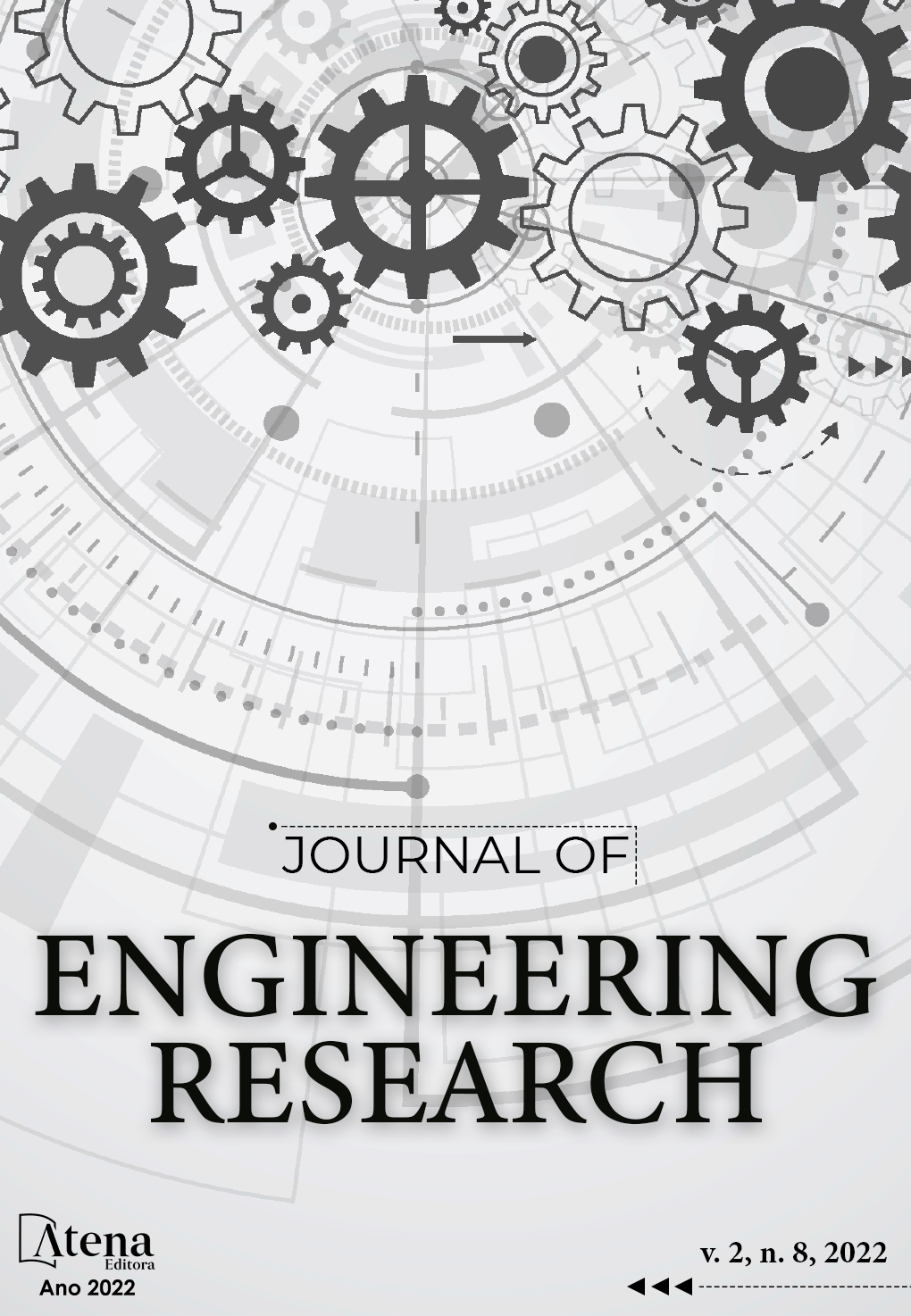
A MACHINE LEARNING-BASED APPROACH TO EPILEPTIC SEIZURE PREDICTION USING ELECTROENCEPHALOGRAPHIC SIGNALS
The brain is made up of billions of neurons, which control all actions performed by us. In epilepsy, the pattern order of brain signals is altered, causing epileptiform discharges in an individual's brain. Approximately 1% of the world population has epilepsy and, therefore, there is a need for studies that can help in the diagnosis and treatment of this disorder. The objective of this work is to develop a machine learning-based approach to predict epileptic seizures using non-invasive electroencephalography (EEG). Therefore, the classification of interictal and preictal states was performed using the CHB-MIT database. The algorithm was developed to predict epileptic seizures in multiple subjects using a patient-independent approach. The Discrete Wavelet Transform was used to perform the decomposition of the EEG signals in 5 levels and, as characteristics, the Spectral Power, the Mean and the Standard Deviation were studied, in order to analyze which one would present the best result and as a classifier, the Supported Vector Machine (SVM). The study achieved an accuracy of 92.30%, 84.60% and 76.92% for the Power, Standard Deviation and Mean characteristics, respectively.
A MACHINE LEARNING-BASED APPROACH TO EPILEPTIC SEIZURE PREDICTION USING ELECTROENCEPHALOGRAPHIC SIGNALS
-
DOI: 10.22533/at.ed.317282219056
-
Palavras-chave: Epilepsy, electroencephalography, prediction of epileptic seizures.
-
Keywords: Epilepsy, electroencephalography, prediction of epileptic seizures.
-
Abstract:
The brain is made up of billions of neurons, which control all actions performed by us. In epilepsy, the pattern order of brain signals is altered, causing epileptiform discharges in an individual's brain. Approximately 1% of the world population has epilepsy and, therefore, there is a need for studies that can help in the diagnosis and treatment of this disorder. The objective of this work is to develop a machine learning-based approach to predict epileptic seizures using non-invasive electroencephalography (EEG). Therefore, the classification of interictal and preictal states was performed using the CHB-MIT database. The algorithm was developed to predict epileptic seizures in multiple subjects using a patient-independent approach. The Discrete Wavelet Transform was used to perform the decomposition of the EEG signals in 5 levels and, as characteristics, the Spectral Power, the Mean and the Standard Deviation were studied, in order to analyze which one would present the best result and as a classifier, the Supported Vector Machine (SVM). The study achieved an accuracy of 92.30%, 84.60% and 76.92% for the Power, Standard Deviation and Mean characteristics, respectively.
-
Número de páginas: 5
- Alejandro Rafael Garcia Ramirez


